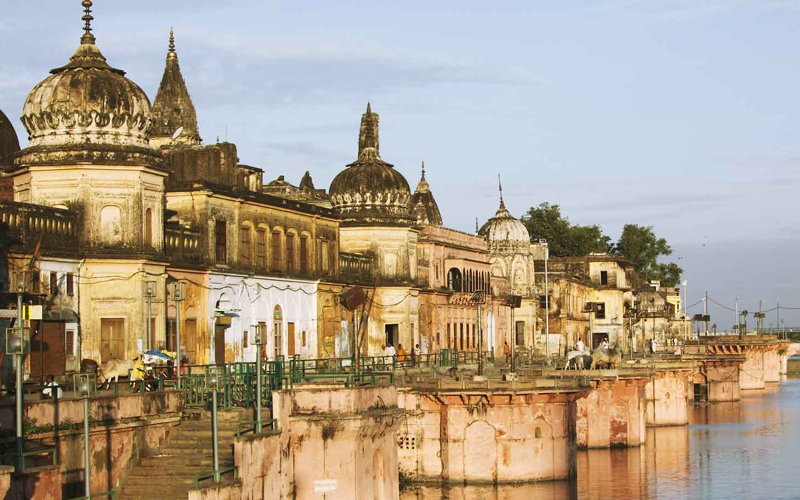NEW DELHI: With Yogi Adityanth as the Chief Minister, the BJP led Uttar Pradesh government is busy in renaming Muslim sounding places. Close on the heels of renaming Allahabad as Prayagraj, Adityanath on Tuesday took an “unnecessary step”and rechristen Faizabad district as Ayodhya.
“Ayodhya is a symbol of our ‘aan, baan aur shaan’ (honour, pride and prestige). Ayodhya is known to the world because of Lord Ram. From today onwards, Faizabad will be called Ayodhya (with the entire area of the twin cities now having one name),” he said.
Adityanath’s latest renaming of Faizabad to Ayodhya is in similar modus to that of his earlier renamings of ‘Muslim-sounding’.
Yogi on a Name Changing Spree
In Gorakhpur, the Lok Sabha seat he won five times, since 1998, initiated the moves that led to the changing the names of ‘Muslim-sounding cities.’
During his tenure, many places of the city are replaced — Urdu Bazar as Hindi Bazar, Miya Bazar as Maya Bazar, Ali Nagar as Arya Nagar, Islampur as Ishwarpur, Lahaladpur as Alahaladpur and and Humayunpur as Hanuman Nagar.
Ayodhya
Awadh is a much bigger region having Ayodhya city as capital. Awadh or Oudh was also a princely state founded by Nawab Sa’adat Ali Khan,the first in the dynasty.
The name Awadh comes from the name Ayodhya which was the capital of the ancient Hindu Kosala province. Ayodhya is known as the birthplace of Lord Rama.
Ramcharitmanas written by Tulsidas tells the story of Lord Rama, was written in vernacular Awadhi language.
The district currently named Faizabad is located about 7 km from its twin town Ayodhya was the first capital of the Nawabs of Awadh.
Ram Janmabhoomi- hotbed for politics
Since the early 1980s, Ayodhya has been a hotbed for politics. The BJP led National Democratic Alliance (NDA) government at the centre raised the issue at almost every election and kept the issue alive with the backing of RSS and other Sangh Parivar outfits.

